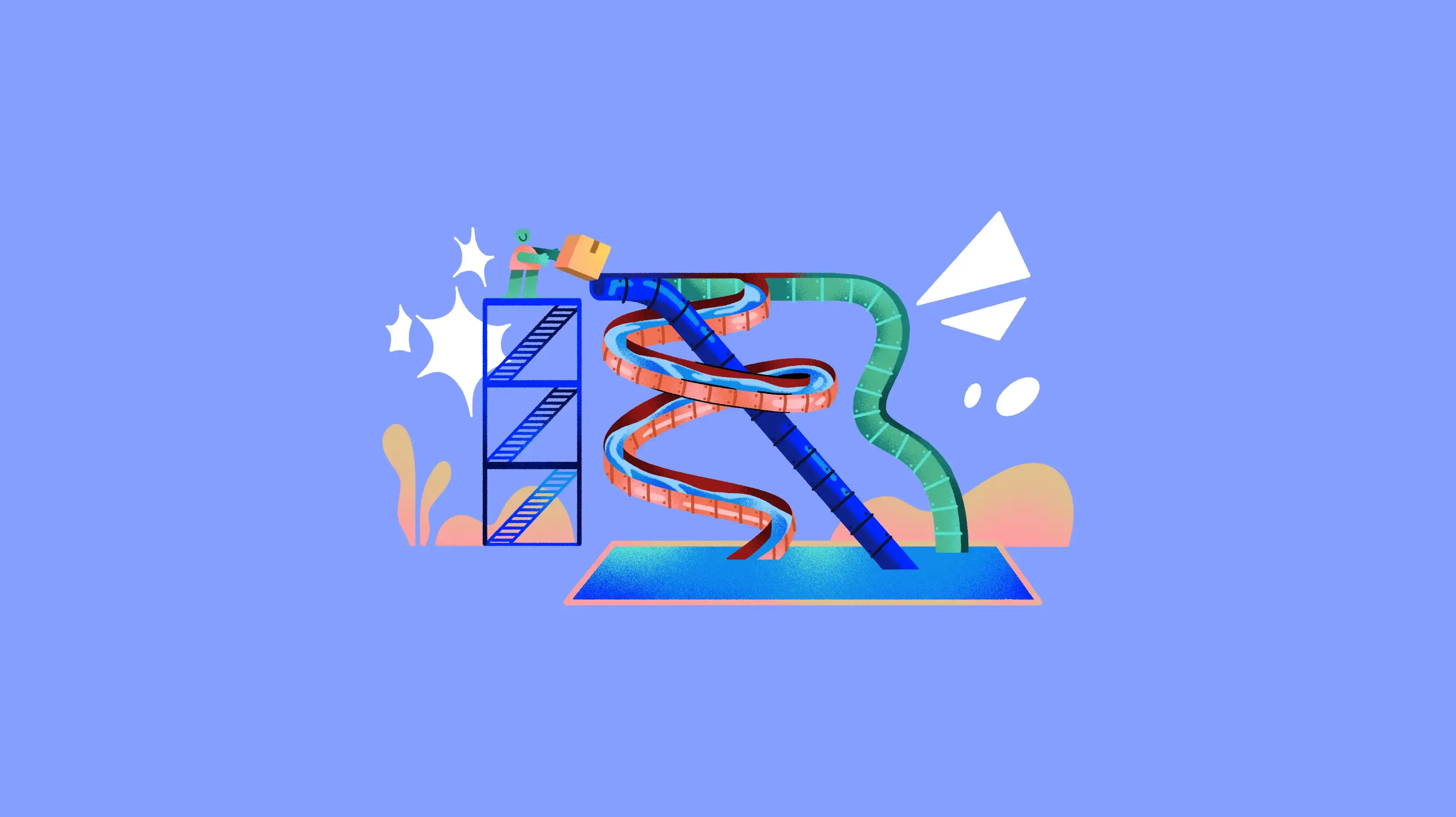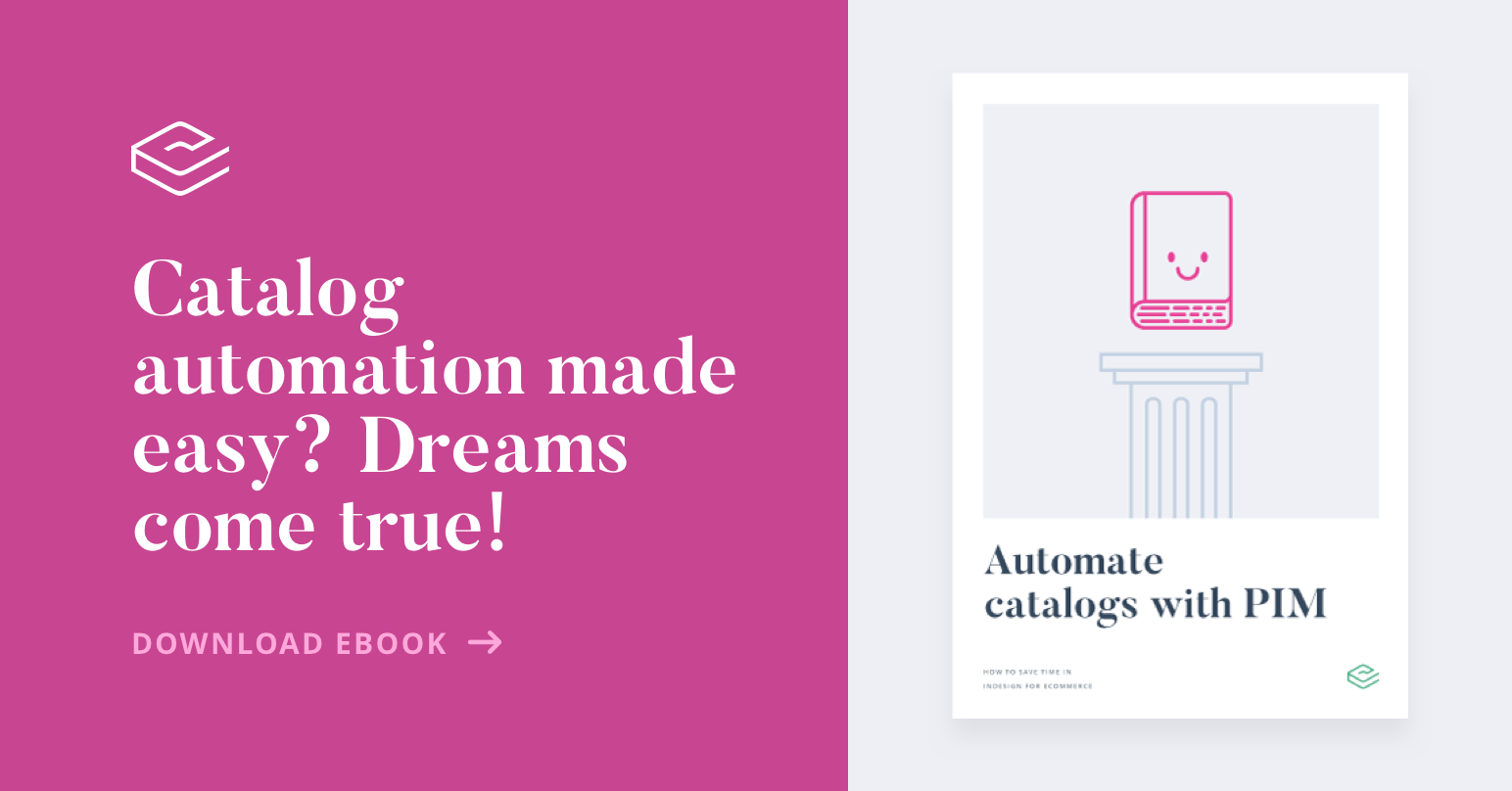
Table of Contents
- Simple steps for building distribution channels
- What is a distribution channel?
- Types of distribution channels
- How to create a distribution channel strategy
In the past, selling was as simple as making your own products and deciding whereabouts in the shop window they’d look best. Then more and more decisions were added: whether to sell them at outdoor fairs, in franchises, in department stores, abroad, on online store distribution channels...
Choosing the distribution channels for products and services is a delicate and strategic step that has to take into account several main points:
- The type of product
- The price of the product
- Brand advertising
- Product positioning
Having said that, it’s no longer as simple as arranging your own shop window, and you need to look into where your customers and potential allies are.
→ More tips: What is a product distribution policy and how you can design yours
Simple steps for building distribution channels
The best way to define your distribution strategy is to answer a series of questions about your products and business:
- What are your customers’ needs?
- Does your customer need a training or learning phase for your product/service?
- Is it a stand-alone product or service, or does it need supplementary ones?
- Is it for direct consumption, or will it need customization or installation?
- Is it for direct purchase, in person, or does it need to be shipped to their home?
- How is the shopping experience now and in what way can it be improved?
- What channels do the competition use and on which do they receive the most complaints?
- What new products or services can meet customer demand?
- What is the fastest positioning to satisfy customers?
- What costs and resources will a new distribution channel require?
- Is your product information ready to be distributed to your intermediaries?
This list will be very useful to you for evaluate where your business is at and to assess what type of distribution policy your catalog need; especially if you are thinking of opening an online store or expanding your ecommerce channels.
Your pocket checklist for any new distribution channel:
- Define your product or service
- Where is it distributed at present?
- Where do you want to distribute it?
- Fine-tuning of your product information
This last step is essential for speeding up your distribution strategy. You’ll save a lot of time if every time you want to add a new channel, your product content is always updated and checked, and if it’s therefore easy to share with any agent you choose.
The only tool that guarantees to make this task quick and easy is a PIM system: here we’ll help you find out more about why this is the most searched-for technology in ecommerce.
→ You might also try: Why a PIM is essential for your multichannel strategy
What is a distribution channel?
A distribution channel is not where you put products on sale, exactly, such as a website, a display counter at Corte Inglés or a page on Amazon. Rather, a distribution channel is the chain of steps necessary for a product or service to reach its final consumer.
This chain may require either few or many steps and intermediaries, may be offline and online, and include distributors, wholesalers, retailers and/or agents. Depending on the number of participants, it’s known as a direct or indirect distribution channel.
It’s not a matter of whether one is better or worse than the other: it just depends on the company's goals and the type of audience and product.
A distribution channel strategy evaluates ways to improve the positioning of products to boost demand around them. Your main goal is to find the right customers and locations of demand, in order to speed up the process of connection between products and customers and make it profitable.
→ Also check out: How to effectively manage multichannel catalogs
Are distribution channels and distribution chain the same thing?
Not at all.
Distribution channels encompass strategic decisions and seek to generate demand among consumers. They reach outwards from the company, assessing the demand environment in order to adjust business activity.
On the other hand, the distribution chain of products and services is based on internal factors, mainly inventory: determining the best method for the company to produce and distribute products or services, considering factors such as cost and available resources.
→ Do you use distributed databases? Discover more tips here.
Types of distribution channels
The type of distribution channel depends on the number of participants in the chain.
There are five types of participants or agents:
- Producer
- Wholesaler
- Seller or retailer
- Agent
- Consumer
Channels are constructed by combining them in different ways. Let's look at the four most common distribution types:
- Zero level or direct channel: The producer sells directly to the consumer, without intermediaries. The fastest route, but not always feasible, and may not be the most economical or suitable.
- Level one channel: An intermediary is added between producer and consumer, either a wholesale distributor or, more commonly, a retailer.
- Level two channel: Two intermediaries are needed in the process; for example, the producer distributes the products through a wholesaler to a retail base.
- Level three or indirect channel: The most laborious, as intermediary agents also participate, either to contact wholesalers or end-consumers.
Although an indirect distribution channel may at first seem more expensive and convoluted, in reality a direct distribution channel is more expensive to maintain and doesn’t necessarily guarantee an efficient distribution of products and services.
The most effective strategy will combine direct and indirect distribution channels, always focused on catering for the expectations of a specific set of customers.
However, we can go further in the classification of types of distribution channel, because besides the chain of intermediaries, a quantitative strategy can also be employed:
- Intensive distribution: involves adding as many distribution channels as possible, so that products or services have a very broad positioning in the market. This is the most common.
- Selective distribution: Products or services are exclusively distributed through selected channels. For example, a brand only selling in a specific geographic area, or offering products only available through its mobile app.
- Exclusive distribution: In order to generate a high-end brand image, products are only distributed in very specific channels and in a limited way, such as own stores or a counter in a chain of department stores.
There are many more types of distribution channel routes and marketing, online and offline, that can be added to a strategy, as defined by Gabriel Weinberg, CEO of DuckDuckGo:
- Advertising
- Search Engine Marketing
- Social network ads
- Ads in printed media (or press)
- SEO Optimization
- Content Marketing
- Email Marketing
- Viral Marketing
- Affiliate Programs
- Fairs and congresses
- Offline events
- Talks and presentations
How to create a distribution channel strategy
Choose the right distribution channels
As we’ve seen, not all methods work in all types of products or services distribution. The channels you choose should add value to the customer and improve their user experience.
Where, when and how do they prefer to shop? What information, guidance or training do they need before they are persuaded? Adapt your channels to the customer, and don't expect this to work the other way around – it never will.
Apply business strategy
Choosing a distribution channel means evaluating costs and profit margins, especially when intermediaries and third parties are involved.
You should ensure that distribution is viable and can be carried out according to the terms agreed, with the possibility of scaling according to demand. The aims of, and benefits for, the company, distributors and customers should all be synchronised.
Provide training
Keeping up a good level of knowledge about the product or service within the company requires considerable effort, but it is also important to pass it on the other parties involved.
Teach your intermediaries all they need to know about your products so that they can act as efficient salespeople and understand how to talk to consumers about the products.
Adapt your channels to B2C and B2B
B2C distribution channels are often longer and easier to determine, while a B2B strategy may require shorter steps, as the business comes into direct contact with other companies. However, the procurement process will be very different, perhaps slower or with requests for large volumes of merchandise.
Standardize product information
One of the main sources of problems between intermediaries and customers is when there’s a lack of product information that’s homogeneous and adequate for reference purposes. Your company should have an internal system, such as a Product Information Manager (PIM), that creates a source of integrity concerning the product data as included in each distribution channel.
Only by using a PIM can you ensure all participants in a chain have the same up-to-date information, and that customers will always find the same data across all channels.
→ Also of interest: Why PIM is the key to the future of ecommerce
Combine marketing and sales work
The management of distribution channels is usually considered the responsibility of the company's marketing department, although the sales team can also participate in the marketing of a distribution channel.
Sharing information is always beneficial and saves time in preparing the marketing of a distribution channel.
For example, if the service or product being sold requires the involvement of more complex agents and contract signing processes, the role of your sales team will be important. On the other hand, if the sale is virtually direct, through online channels such as websites and apps, your product distribution marketing team will be able to automate more of the processes.
Balance the number and type of distribution channels
Achieving a balance between distribution channels is important to avoid differences between prices, positioning, launching and promotional campaigns.
If your customers discover that they can find products at different prices in different channels, it will be a source of conflict for your intermediaries and partners, as well as detrimental to profits.
Cultivate a network of distribution partners
Start by looking for so-called 'natural' partners, those retailers or brands that already have a relationship with your existing or target customers.
Forging alliances with this type of partners is key to expanding your network, with profitable deals that make pre-existing supply match with demand.
To ensure the success of a partner relationship, companies must set common objectives and coordinate promotional campaigns, agree methods of analytics exchange and, if necessary, provide training on the product or service and assistance with inventory provision.
Conclusion
There’s no direct relationship between the number of customers and the number of distribution channels: each company must find its perfect scheme, either through multiple channels or a single method of direct sales.
For your distribution policy to become a scalable success from the first moment, it’s best to be well informed. You’ll need to know the type of demand and consumption applicable to each type of product, service or niche, as well as studying the competition’s activity and considering the range of resources available for you to build an indirect network.
Would you like to experience the magic of synchronizing all your channels and the information you send to them, using a PIM? Start your 30-day free trial now.



.png?width=520&name=Blog%20Partner%20(3).png)

.png?width=520&name=Blog%20Partner%20(1).png)


